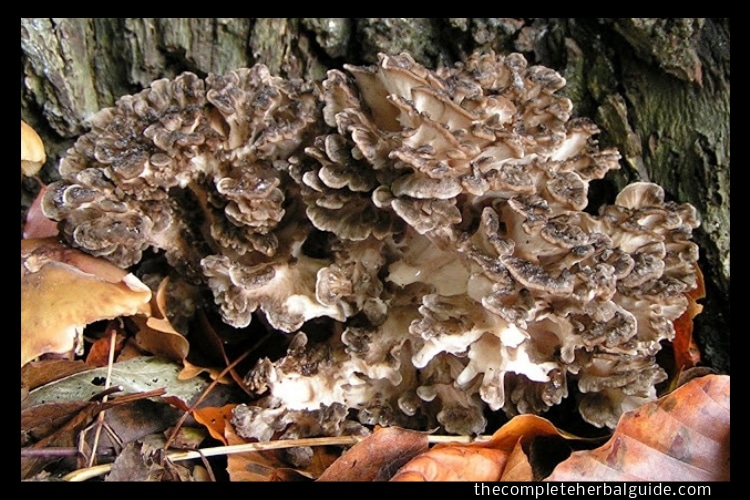
Prickly Pear Cactus – A Natural Remedy for Diabetes, High Cholesterol, Dry Mouth, Nausea and more…
The Prickly Pear Cactus is often used to relieve the symptoms of overindulgence in alcohol, including dry mouth and nausea. The herb is also thought to lower fats and cholesterol in the blood and is becoming increasingly popular as a means to decrease blood sugar levels and control diabetes.
Table of Contents
Plant Description

Prickly Pear Cactus is a giant cactus with a woody trunk, oversized top, many oblong joints, small, yellow barbed spines, bright yellow flowers, and red fruit with juicy, white, sweet flesh and numerous black seeds.
It is said to be a native of Mexico, where it is considered the symbol of the identity of the Mexican people and even included on the Mexican flag.
About twenty thousand years ago, Opuntia (or Prickly Pear) began to develop as a food, and the plant’s development was said to enable human settlement and cultural development in many parts of the arid lands, where it was considered the lifeblood of those ancient cultures, particularly in times of drought.
From about 5,000 to 7,000 B. C., prehistoric indigenous groups began the cultivation of a series of native plants, including beans, Opuntia, peppers, agave, etc… In Pre-Columbian times, Prickly Pear was considered an important staple food (for both humans and livestock), a beverage, a medicine, and a source of dye. It was included in religious and magical rites.
During the Spanish Colonial Period, Prickly Pear gained further importance as forage when cattle were introduced to the semi-arid areas, and there was a consequent depletion of grasslands. Its beneficial uses as a medicine and beverage were also gaining in reputation. In the De La Cruz-Badiano Codex of 1552, it was noted that Prickly Pear treated several ailments and was used to cure burns and soothe wounds. Friar Motolinia said,” these Indians, from a land so sterile that they lack water, drink the juice of these leaves of nopal” (the genus, Opuntia, is still often called Nopal).
Prickly Pear received its botanical name, Opuntia, from Tournefot, who thought the plant was similar to a thorny plant that grew in the town of Opus in Greece. After the Spanish conquest, Prickly Pear spread from Mexico to practically all the Americas (from Canada to Patagonia, Argentina). It may now be found in tropical and arid regions worldwide, including the southwestern United States. Prickly Pear Cactus constituents include water, fat, mucopolysaccharide soluble fibers, carbohydrate, protein, saponins, glycosides, a flavonoid (quercetin), minerals, and large amounts of B1, B6, niacin, riboflavin, and pantothenic acid.
Medical Uses
Prickly Pear is said to be beneficial in diabetes control because it contains a high percentage of carbohydrate fibers known as mucilage which does not dissolve in water, but it does absorb water, so it swells up to form a bulky paste when exposed to fluids. The fiber component is thought to produce hypoglycemic activity by affecting the intestinal uptake of glucose. In double-blind tests, insulin concentrations were favorably affected by the administration of Prickly Pear. The herb is thought to reach maximum effect about three to four hours after eating.
The pectin component in Prickly Pear does dissolve in water. It becomes a thick, syrupy liquid that coats and protects the stomach and gastrointestinal tract, thereby helping relieve digestive problems, stomach aches, and irritable bowel syndrome. This coating effect created by the pectin in Prickly Pear may help hyperlipidemia and lower cholesterol in the blood.
The pectin seems to attach to substances in the stomach or intestines and inhibits the absorption of fats from food. Consequently, excess levels of fats and cholesterol in the blood may be lowered. Animal research has indicated that the pectin component may also alter hepatic (liver) cholesterol metabolism. Prickly Pear is believed to be effective for hangover relief from overindulgence in alcohol. In tests, the greatest improvements were seen in symptoms of nausea, loss of appetite, and dry mouth.
Treatment
Some researchers have hypothesized that hangovers are caused by inflammation, and Prickly Pear may work to improve hangovers by reducing inflammation. Prickly Pear has been used to treat eye inflammation, rabies, pimples, dysentery, and diarrhea. The action is not clearly understood, but the pectin content is believed to bind to bacteria and cause them to be eliminated from the body. It is, therefore, helpful in treating diarrhea and other conditions associated with a bacterial infection. Prickly Pear was once also used to treat gonorrhea. Used externally, Prickly Pear joints are split open and applied as a healing pad for rheumatic and asthmatic symptoms. Applied to the skin in a salve, it is also used to provide topical relief for sun/windburn, wounds, rash, minor burns, hemorrhoids, insect bites, and abrasions, and the pulp is used in shampoo.
Precautions
Pregnant and nursing women should not use Prickly Pear, nor should those with severe liver or kidney disease since there has been limited research into its effects. The herb may cause abdominal bloating, nausea, and diarrhea. It should never be taken in conjunction with prescription diabetes medications because it may cause hypoglycemia (blood sugar that is too low). Diabetics should constantly monitor their blood sugar levels carefully.






